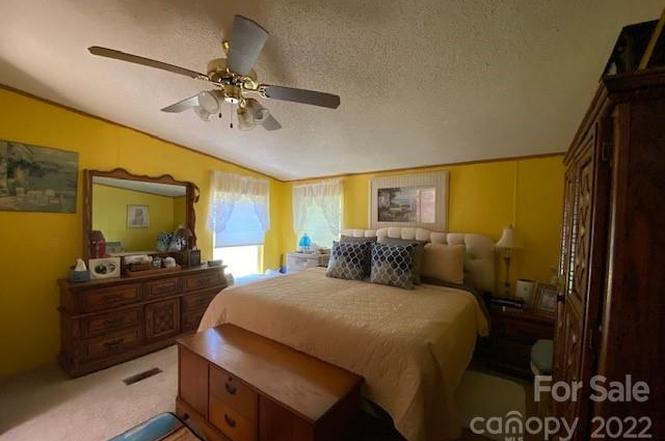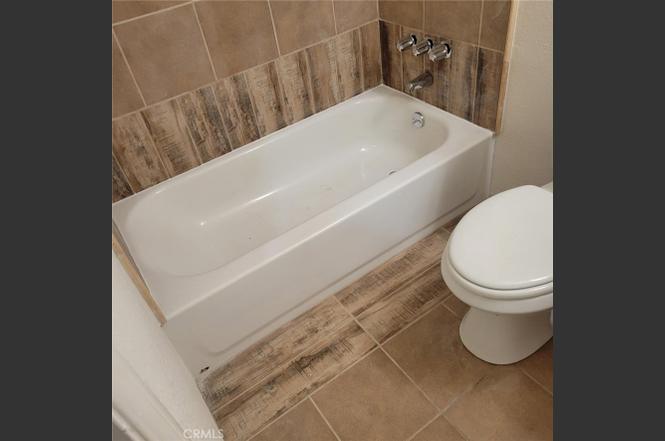Table of Content
Some people may believe that a larger mobile home will be more expensive, while others may think that a smaller mobile home will be less expensive. There is no definitive answer to this question as the price of a mobile home can be affected by several factors, including the size of the house, location, age, and amenities. Whatever you decide with your land, remember that placing a single-wide mobile home on it is a great way to get the home of your dreams without breaking the bank. With a bit of planning, you can find the perfect location for your new home and enjoy all the benefits of owning your property.
Thus, in most cases, nine feet is the limit of how high a manufactured home ceiling can be. On a basic level, the dimensions of a mobile home are limited by what can be safely transported on roads and highways. Singlewide mobile homes can be anywhere from 14 feet wide to 16 feet wide. In this blog, we’ll go over some of the most common questions about singlewides. We will discuss the size of a singlewide mobile home, from its measurements to the price per square foot.
Do manufactured homes fall apart?
If you choose to live in a mobile home park, you will likely be able to take part in several advantages that many people who live in traditional homes do not have access to. Because of its affordability, several communities have selected mobile homes as their primary housing option. When considering investing in mobile home living, it is important to understand the manufactured housing market to make informed judgments. Eventually, into the 2000s, flat ceiling heights of 9’ are becoming more common.

Once you’ve selected the perfect spot for your new home, the sky’s the limit regarding what you can do with the rest of the property. Many people choose to landscape their home, adding gardens, decks, and other outdoor living spaces. A single-wide mobile home is a prefabricated home that is typically 14 to 16 feet wide and 40 to 80 feet long. For example, if the ceiling was 7 feet tall at the edge of the room, they would grow to 9 feet tall in the center. Mobile homes, both singlewide and doublewide, can vary in dimension. It also depends on the company that designed them, and the purpose they serve.
Everything You Need to Know Before Renting a Mobile Home
Take some similar examples of images of remodeled mobile homes and get your inspiration going. The biggest cost connected with the living room is probably the furniture and some decorations that you might want to change. Expect to get a single-wide manufactured home for as low as $80,000. If you want a double-wide mobile home, you will obviously have to pay more.
Wider mobile homes tend to have more interior space, while narrower homes may be more affordable and easier to transport. The downside of single wide mobile homes is that they are not as sturdy as traditional homes. So if you are looking for a long-term home that you can grow into, a single wide mobile home may not be the best option.
How does one tell if it’s a singlewide or doublewide mobile home?
In some ways, a Single Wide modular home can be considered the most versatile type of factory-built floor plan. This is because Single Wide homes offer such a wide range of layouts and designs within a relatively small footprint. If you’re looking to buy new, you’ll want to browse our selection of single wide mobile home floor plans to determine what type of layout is best suited for your lifestyle. When you consider the price per square footage, single wides are a strong option for getting the most value for your money. You can also add a living room addition, add an extra bathroom, and anything you need to customize around the house.
To browse all of our single-wide mobile homes for sale near you, SHOP HERE. When it comes to single wide mobile homes, there are a few common mobile home standard sizes that you will see. The most common size is 16×80, but you will also see sizes like 14×70 and 12×60.
It must also be transported to the site, then set up with however many units there are and be attached together. This is an interesting question and can be deceiving at first glance. Most people would assume the larger a structure, the more expensive the cost.

Remember, that the total transportable height of the home can only be 13’6”. The get 9’ flat interior ceiling, 13’6” less 9’ leaves only 4’6” for the attic and roof height combined with the floor height to the ground. However, what can be transported on the highways varies from state to state. Also, different combinations of single, double or triple wides will affect how much house you might put together. There is no definitive answer to whether the size of a mobile home affects the price.
Putting your home on private land, on the other hand, is an excellent approach to protect the value of your investment. Your home’s value will be maintained or slightly reduced due to routine upkeep, but the land will compensate due to its ever-increasing value. You might also just move the mobile home and replace it with a new one or construct a new traditional residence, if you so wish. In contrast, mobile home residents often spend a little on maintenance since the park managers care for the major maintenance issues. An energy-efficient home will save you thousands of dollars, which you could use for other things every year. You’ll be shocked by how many features a manufacturer may include in your home today.

This in turn causes walls and ceilings to crack, floors to become noisy, doors and cabinets to not fit properly and plumbing to leak. Many problems that tend to manifest later in the life of a mobile home have to do with improper installation initially. As we have discussed above, the design, as well as the construction process and materials were designed to last indefinitely.
If there are holes in the bellywrap of the home, many animals will pull out the insulation to build nests. This includes rats, cats, raccoons and most any other animal that might roam through your area. One mobile home we flipped had more than 20 cat skeletons beneath it. Deferred roof maintenance is one of the principal culprits in shortening the life of a mobile home. Having a professional inspection done is a great way to uncover things that need attention on the mobile home. This is especially true if you are noticing things being problematic such as leaks, cracking walls, or doors that will not shut.
On the contrary, a site-built homeowner is subject to real estate property taxes, which can be a significant additional financial burden on top of a mortgage. On the other hand, mobile homes are properly spaced , so you won’t be bothered by your next-door neighbor. As a result, if you need to relax in your yard, you won’t have to be concerned about annoying noise from your neighbors. Furthermore, many park owners host events for residents to participate in and enjoy. If you choose site-built homes or private land, you will not enjoy these same luxuries. Before you buy a mobile home, you must first determine whether you want to live in a mobile home community or purchase private land and place your home on it.
Average Single Wide Mobile Home Dimensions and Square Footage
Doublewide mobile homes are typically 1,067 to 2,300 square feet. For starters, one of the clear advantages of that single wides have over other types of housing is they are the less expensive option. When compared to double wide homes or multi-section homes, many buyers prefer single wides because of their affordable pricing. It is always easier to resell double-wide mobile homes vs single ones. A double-wide looks more like a traditional home, especially when it’s on the ground.
Manufactured homes are built atop a heavy steel chassis that will pretty much last forever. The chassis of a manufactured home is then supported by a foundation that goes from the chassis to the ground. These might be somewhat temporary such as metal piers and blocks, to something far more permanent such as cement piers on foundations and block walls around the perimeter. When the HUD building standards for manufactured homes was put into place in 1976 it created a uniform construction code that all manufactured homes must adhere to. This code has continued to be improved over the years; such as fire resistance, plumbing, wind resistance improvements and more have made the homes sturdier over the years.

No comments:
Post a Comment